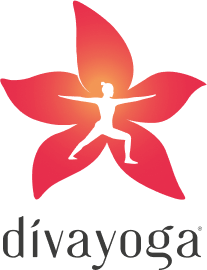HATHA YOGA

Hatha is a Sanskrit term and can be broken down into two parts; ha meaning the sun and tha meaning the moon. This traditional form of yoga establishes tranquility by balancing the solar and lunar energies in the body. Hatha, through breath control (pranayama) and body control (asana) brings about purification and stability and achieves the perfect union between mind and body.
Thus, Hatha yoga is the balance that we should strike between these two powerful elements within us. Hatha yoga is derived from the ancient Vedanta orientation of Hatha Pradipika also called Hatha Yoga Pradipika compiled by Svatmarama in the 15th century CE.
The Hatha Yoga Pradipika contains precise and detailed instructions on:
- Asanas (postures)
- Breath practices (pranyama)
- Purification techniques (kriyas)
- Symbols and energy locks (mudras and bandhas)
Apart from Hatha Yoga Pradipika, some other texts on Hatha yoga are Gheranda Samhita, Hatharatnavali and Shiva Samhita.
The word ‘Hatha’ means willful or forceful which leads us to understand that hatha yoga is a practice of determination and fortitude.
In Yogic science, the body is divided into two parts, the right side is considered as the Sun side, responsible for the heating element of the body, it represents the life of human beings. The left side is considered as the Moon side, the cooling element in the body, it represents emotions and feelings. This practice of hatha balances the Sun and Moon energy by controlling Nadis or the energy channels. These energies are directly associated with the health and wellbeing of a person.
Most Hatha Yoga practices begin with Kriyas or purification techniques, cleansing and preparing the body for the asana practice. The asanas strengthen and stabilise the body and allow the energies (pranas) to flow freely. Once the prana starts flowing freely, we must regulate it with the practice of pranayama accompanies by energy locks or bandhas.
Design the class keeping the pace in mind, it's important to stay in a pose for a good 3 to 5 breaths and experience the asna with stability and strength. Be mindful of using hatha surya namaskars in warmups if the students are capable or you can modify it to the students capacity.
Paying attention to breath is the key, it's important to breathe deeply whenever the body is expanding and expel all the air out when the body is contracting. Special attention to kriyas, pranayama and bandhas should be given to give a well rounded Hatha yoga experience.
